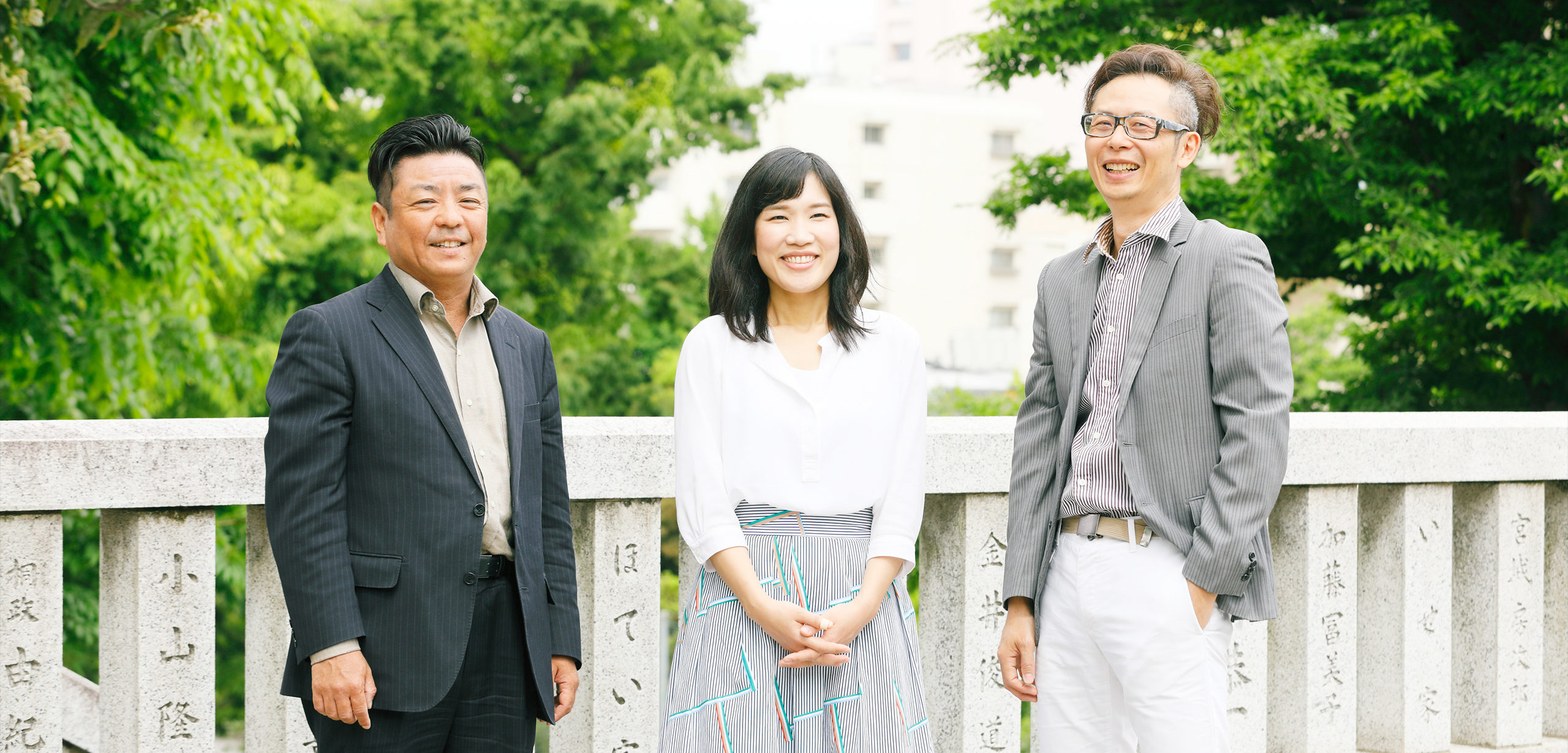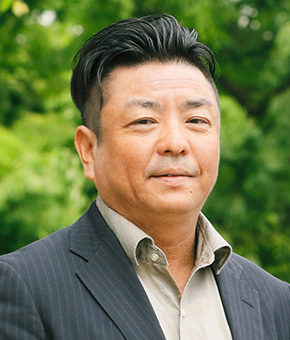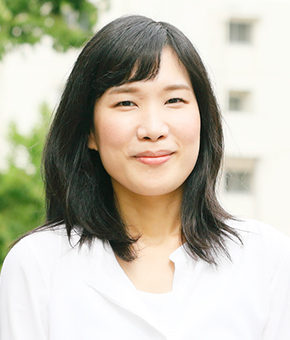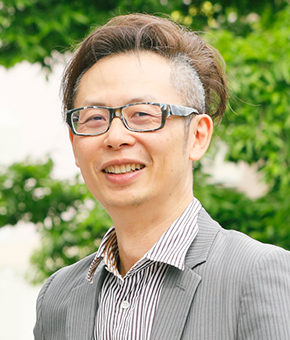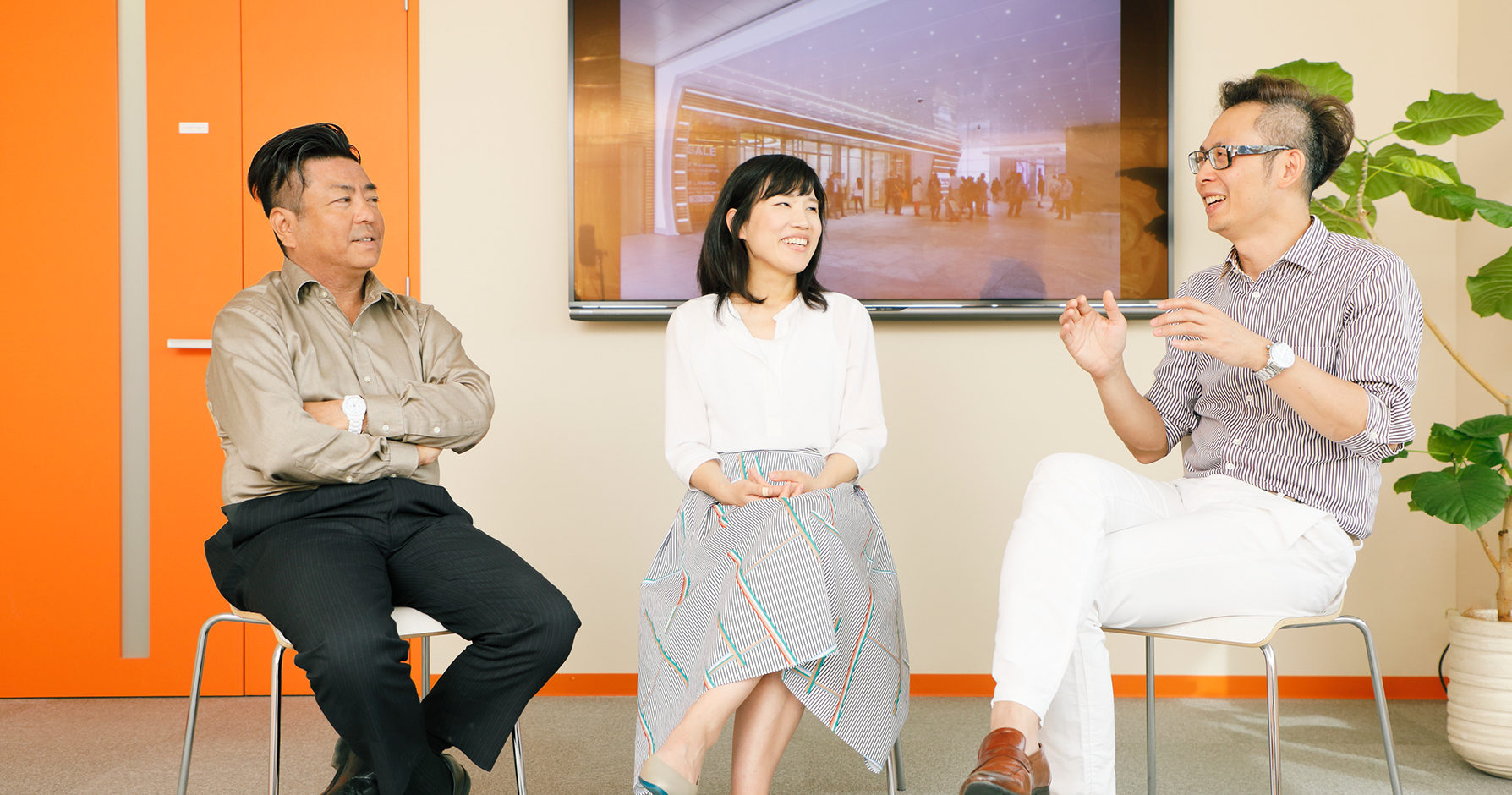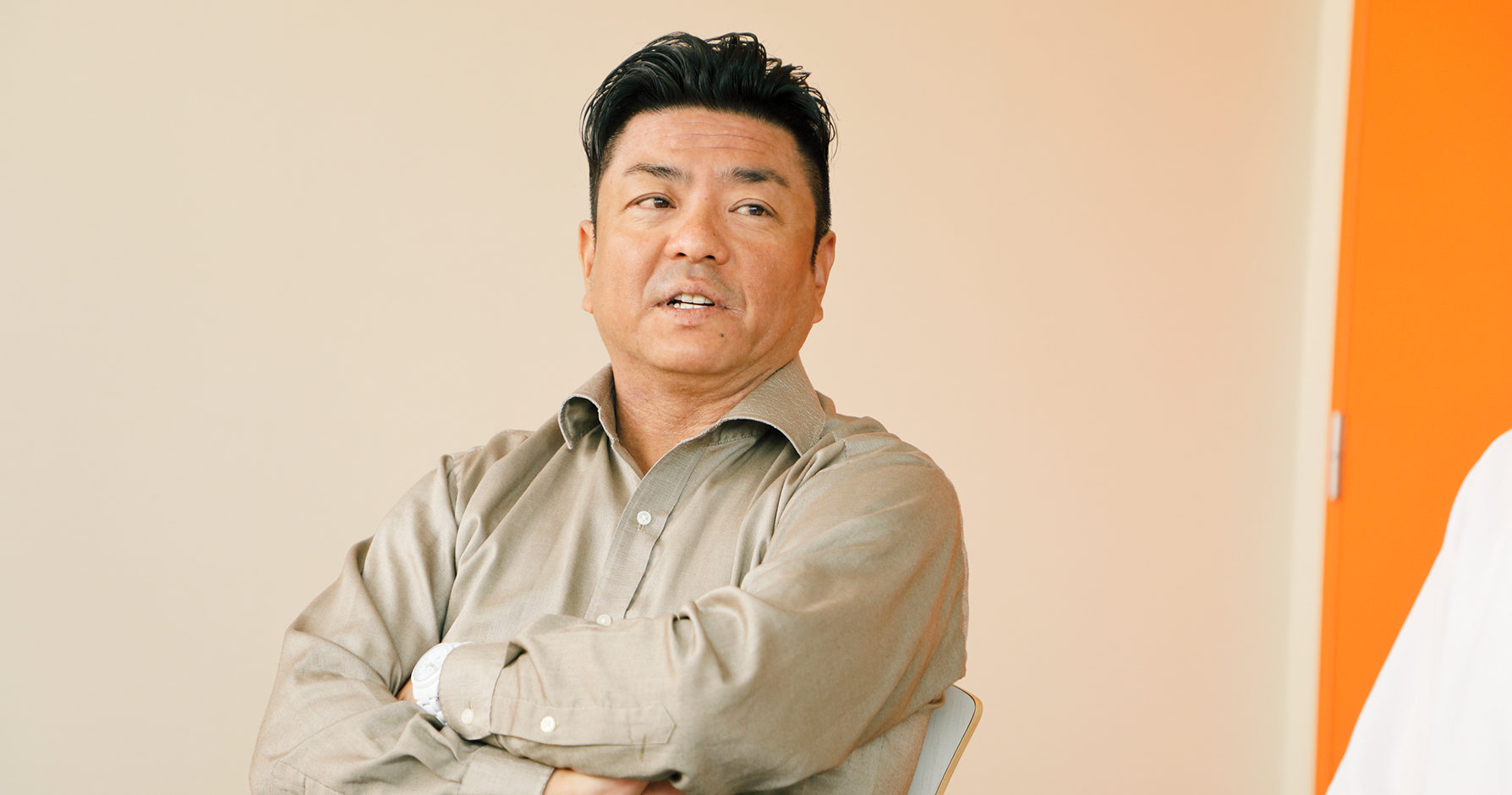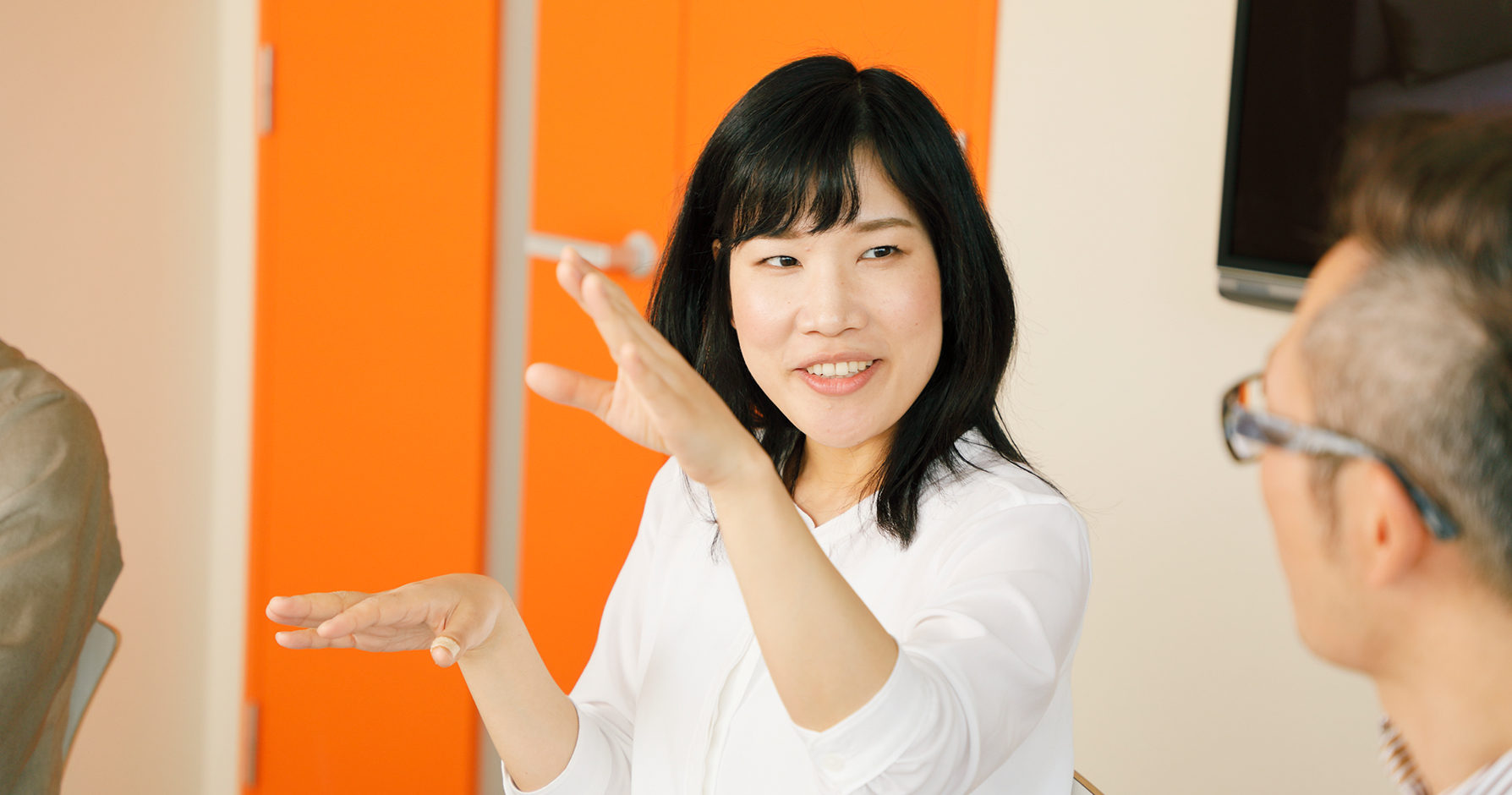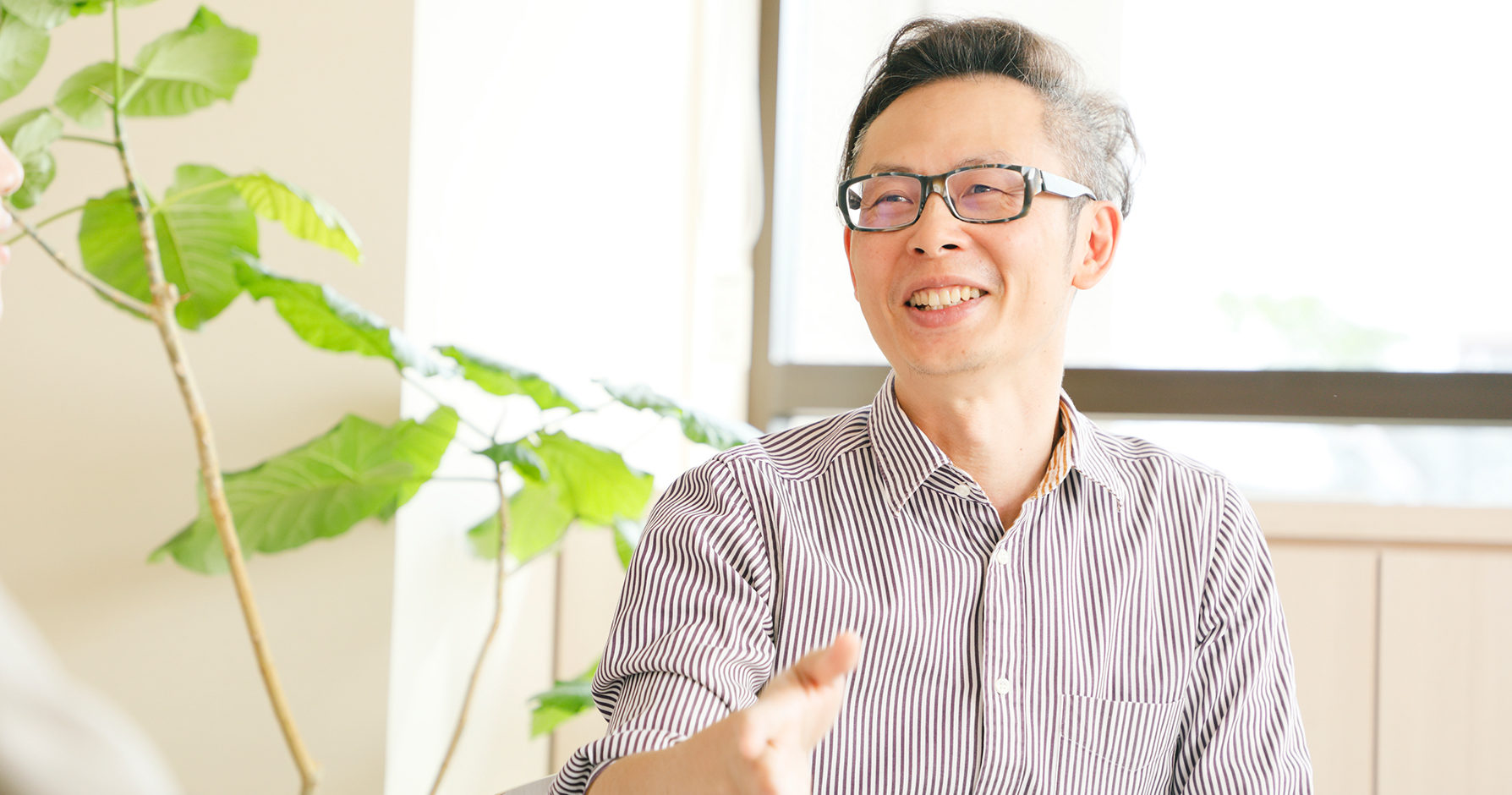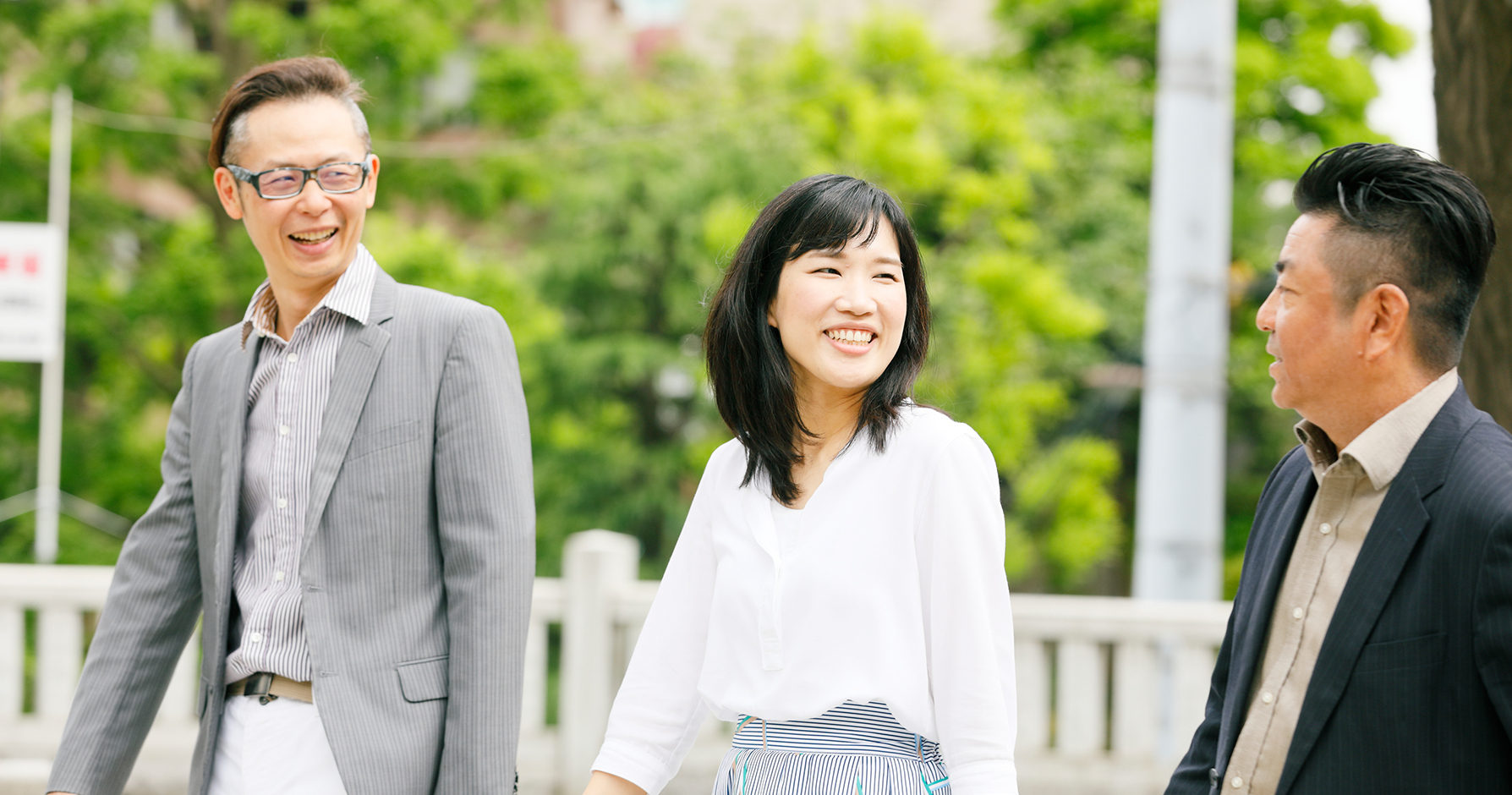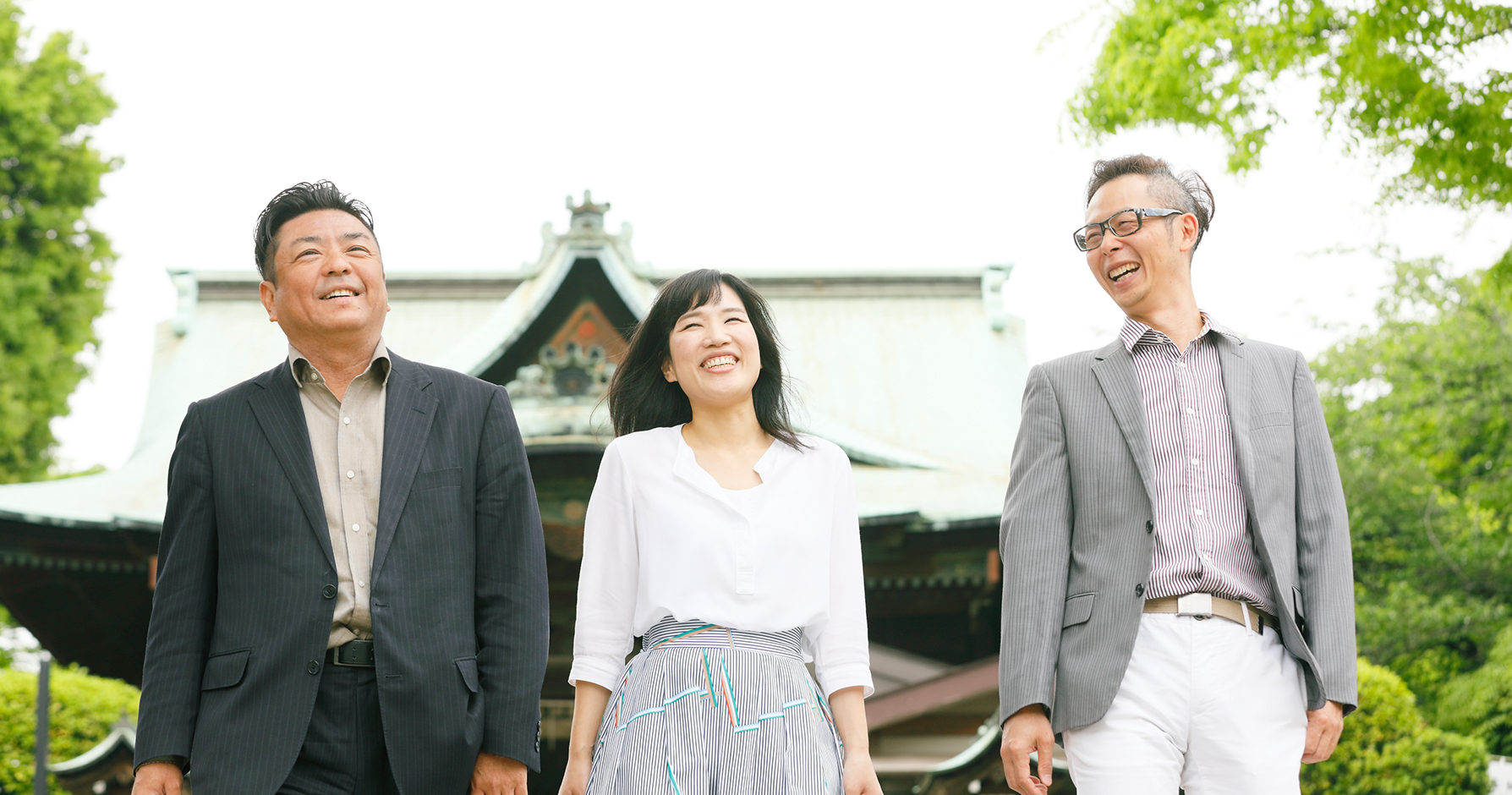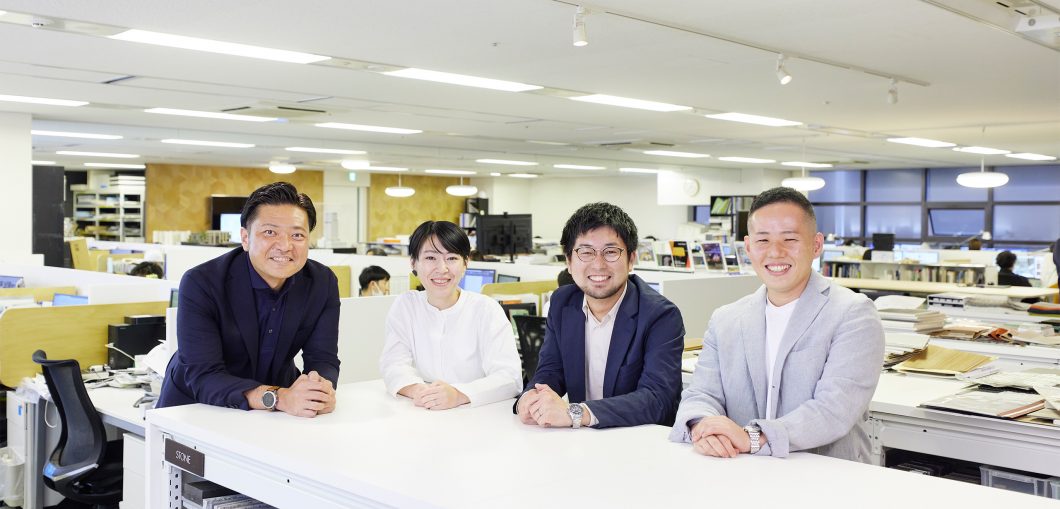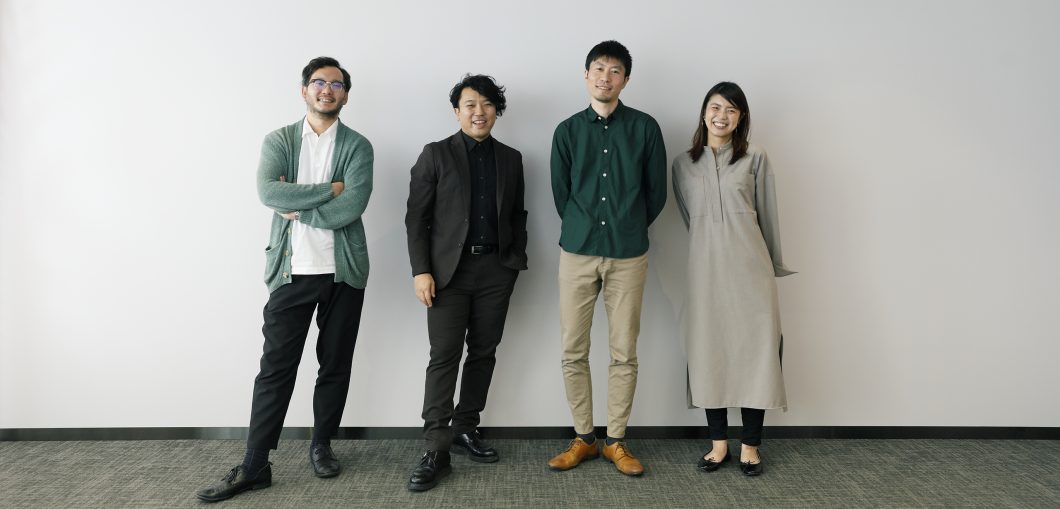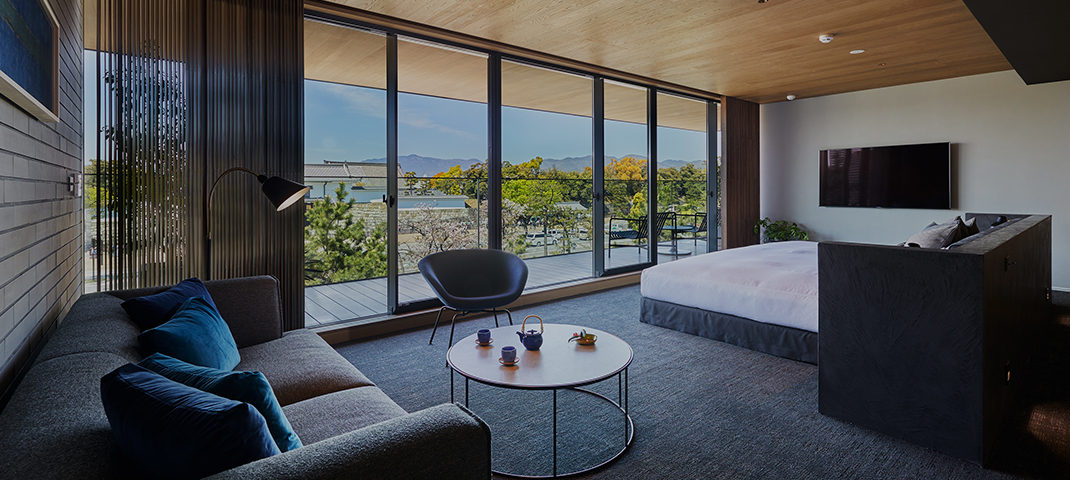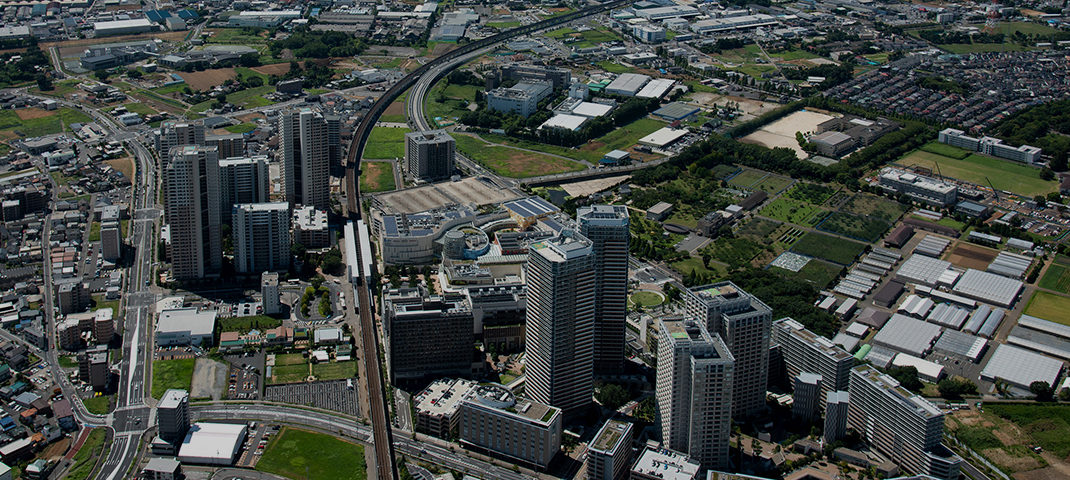Iwata
What I feel as I work with overseas clients is their respect for architectural designers. They also give designers greater discretion. In projects in Japan, we often focus just on design when we participate in projects comprehensively managed by general contractors. Therefore, we play a bigger role in overseas projects.
Wu
In the Greater China region, people trust the expertise of designers who are from countries with cultures different from their own, particularly Japan, Europe and North America. In Asia overall, many people think Japanese technology is No. 1 in the world.
Jun
South Korea also respects famous architects outside the country. People hold architects from Japan, Europe and North America in high regard. They tend to value a name and appreciate even a very rough sketch if it is drawn by a respected big-name architect.
Iwata
International big-name architects enjoy absolute trust from clients so they can stick to their own styles. I am sure that some clients in fact leave everything to the discretion of big-name architects. On the other hand, I think JMA and PCPAJ are trusted by clients in the opposite way.
Jun
I agree. Our style is to create a building together with the client and local partners by discussing what the client desires and incorporating our design ideas into that. In a South Korean project I worked on, the client was immensely pleased by the fact that JMA crossed the ocean several times to present them with a wide variety of proposals.
Iwata
So, our flexible responses are welcomed by people in South Korea. I guess our clients find that our process of providing a lot of design options and narrowing them down according to their response is easy to understand.
Wu
Moreover, we provide a solid concept around each option. That’s why our clients are convinced. Additionally, our principal, Mitsui-san, never runs out of topics of conversation and is very friendly. Not to sing our own praises, but he is so sociable that clients feel comfortable voicing their candid opinions.
Jun
One South Korean client was surprised, saying, “No other office has visited us to make a presentation within a few days of our inquiry.” When we talked with them over dinner after our presentation, one of them happily told us, “JMA is so knowledgeable and asks us many questions, so I’m happy to speak frankly. I find JMA easy to talk with and a reliable consultant whatever the subject.”
Iwata
From my past experiences, I have learned the importance of responding to what clients and concerned parties want. Not just for projects in Japan but also for those outside the country, being easy to talk to and consult with is crucial for a company like ours that respects clients’ opinions and creates buildings together with clients. In Asian countries, including the Greater China region and South Korea, I experienced how people gradually opened up while enjoying dinner and drinks together and talking to each other. Wu-san and I drank a lot in China and Taiwan, didn’t we? (Laughs)
Wu
Yeah, I remember that. Once, three of us, Mitsui-san, Iwata-san and I, and 20 people from the client’s side had a party in the early afternoon following our presentation. We gave a toast to every person on the client’s side. I drank a tremendous amount of liquor and passed out. (Laughs)
Iwata
In Japan, it would be unseemly to pass out in front of clients, but in China people appreciate the fact that we socialize with them to our limit. I have learned through experience that it helps to instantly lessen the distance between the two sides.
Wu
I realized that the same applies to South Korea when I worked with Jun-san. We always drank a toast with clients and partners whatever the country. In projects in Asian countries, you may be able to build relationships with clients more easily if you can socialize with them over drinks more than you would in Japan.
Iwata
It is also true in Japan that you can get hints about design even from what’s said outside a presentation, such as at a party. To find the optimum solution for the project, we try to obtain clients’ opinions, rather than just impose our own ideas, to create a building together. Therefore, social occasions are important.
